Hypes scare me.
Before going to Japan, I’ve heard it many times, from friends and travelers, some of them having visited the country repeatedly: I fell in love and I never wanted to leave. The boldness, the sheer magnitude of these words scared and worried me. What if I went there and I didn’t like it? What if I hated the culture? What if the amount of tourists keep me from enjoying and getting a feel of the place? All these questions hounded me so much that I kept pushing off Japan down my list. “No, I’ll go there next year.” “No, maybe next time.” “Seat sale? That’s fine, I have other plans.”
But at one point, I told myself I had to do it. So I booked a flight to Osaka—and after a few days in this captivating place, I wished I booked a one-way ticket. There’s something about Japan that’s hard to put into words—and I think I have good command of words. The culture is so unique, so strong and in-your-face that you’d be a rock not to notice it, not to feel it. It’s a feast for the senses, it assails all parts of you. It challenges you to laugh, marvel, get awed, or fall in love—and damn right, I did.
Actually, let me rephrase that: I fell in love and I never wanted to leave.
Osaka Basics
Osaka Prefecture sits in the middle of the Kansai Region, and Osaka City, the capital, is a perfect base for exploring nearby places like Kyoto, Kobe, Nara, and Wakayama. Most travelers stay in Osaka for two or three days, then proceed to Kyoto (typically) and even to Tokyo, which is accessible via bullet train. Probably part of the reason why travelers don’t stay long is that Osaka only has a handful picturesque landmarks; however, what it lacks in the attractions department, it makes up for with amazing food and a laid-back vibe that just makes you want to stay.
Currency: Japanese Yen (1000¥ = PhP470 = $9.3)
Main airport: Kansai International Airport (KIX)
Main mode of transportation: trains/subways
When to Go
For cherry blossoms chasers, plan to go between late March and early April (spring), which is the height of the sakura season. The city bursts into an explosion of pink—perhaps one of the most beautiful sights anyone will ever see.
Fall, I heard, is also great because the foliage turns into different shades of oranges, reds, and yellows. I haven’t personally experienced it, but I’m shooting to go at this time of year next time—around late October to November.
Note: if you’re also planning to see other parts of the Kansai region, it is wise to consider the slight variations of the seasons, especially if you’re after the full sakura bloom. Kyoto’s happens about a week before Osaka, and Nara, a week after.
How to Get a Japan Visa
If you’re a Filipino first-timer, you must apply for a Single-Entry Tourist Visa. The requirements are as follows:
• Valid Philippine passport (not expiring within 6 months)
• 4.5cm x 4.5cm ID photos
• PSA Birth Certificate
• PSA Marriage Certificate (if married)
• Income Tax Return (Form 2316)
• A fully accomplished application form, printed in A4-size paper (download here)
• A copy of your Japan itinerary, printed in A4-size paper (sample here)
Once you have completed the above, you can go to any of Japan Embassy’s accredited travel agencies for visa processing. I went to Friendship Tours where I paid PhP1,200. After 2 days, I got my visa.
If you have been to Japan once, you can apply for a Multiple-Entry Tourist Visa next time.
How Much Money to Bring
Japan is more expensive than the rest of the Asian countries I’ve been to—perhaps the priciest one. Capsule hotels and hostels are the cheapest forms of accommodation, but you can definitely score reasonably priced Airbnbs and hotels if you book in advance. Don’t be surprised though—rooms are much smaller compared to hotels in the Philippines.
For food, although you may find cheap options (market food, convenience store), prepare to spend more if you’re after a true Japanese cuisine immersion. I would say an average meal costs 1,000¥/PhP500; allot more if you’re going for sushi, teppanyaki, yakiniku, or kaiseki. Drinks, on the other hand, are somewhat the same with Philippine prices.
The big chunk of your Japan budget would go to transportation and tours. I would say prepare at least PhP2,000 per day to cover your sightseeing plans.
Kyoto is slightly cheaper than Osaka, but the difference is not that big. All in all, it’s best to have about PhP5,000 a day when traveling in Osaka (or Kyoto)—this is MORE THAN ENOUGH to cover meals in restaurants, transportation, tours, entrance fees (if any), and a few drinks.
Where to Stay
Namba is a bustling district that’s right in the center of everything—food, shopping, and nightlife venues pepper the streets and Osaka’s famous attractions are within reach from the train station. If you wish to maximize your stay in Osaka, I highly recommend staying in Namba. Trust me, you will save a lot of money and time.
Swissôtel Nankai Osaka
Built directly atop the Nankai Railway Namba Station, Swissôtel Nankai offers direct access to Osaka’s tourist spots; the Kansai airport line; and the trains going to Kyoto, Nara, and Kobe. The 36-storey hotel has 546 rooms and 6 dining venues. Its compact yet elegant rooms will transport you from the bustle of Dotonbori to a quiet escape where you can simply kick back in an amazing bed and admire the cityscape.
How to Get to Osaka
Kansai International Airport (KIX) services the entire Kansai region, so whether you’re planning to go to Osaka, Kyoto, or somewhere else in this region, this is the airport where you will land. If you diligently follow airline announcements on social media, you can score tickets for as low as PhP10,000 round trip (I got mine from Cebu Pacific). Alternatively, you can fly via Philippine Airlines, Jetstar, ANA, or AirAsia.
From KIX, take the Nankai Line trains going to Namba. There are two options, one faster than the other by 7 minutes, but I personally would take any of the two (whichever departs first).
If you’re not staying in Namba, you can check Google Maps for the train schedules and routes you can take. I highly recommend renting a pocket Wi-Fi (book here) while in Japan because it is a BIG help in terms of navigating and translating language.
How to Get Around: On Japan's Train Passes
While reading about Japan, you have probably been confused (I was enraged, honestly, LOL) about the countless types of train passes and the crazy network of trains. Should you get a Kansai Thru Pass or an Osaka Amazing Pass? What is ICOCA? What should you do to save money? I will try my best to answer these below as clearly as possible.
Exploring Osaka involves a lot of train rides and a great deal of walking. While the tourist spots are situated near various train stops, one mistake and you could end up walking for 16 minutes instead of 3—believe me, this happened to me. Your best friend? Wi-Fi and Google Maps! Make sure you have internet access or it would be really hard to go around.
Japan’s train system is so organized that coaches arrive on the dot. On Google Maps, all details are listed accurately: which train line, the fare, the stops in between. However, the real question is: should you get an ICOCA card (similar to the Philippines’ reloadable Beep card) or one of the 5 million train passes?
The answer? It HIGHLY depends on your itinerary.
I recommend purchasing a Kansai Thru Pass (available in 2-day or 3-day packages, reserve here) if you’re planning to do extensive sightseeing around Kansai Region. The keyword here is EXTENSIVE. If you’re planning to cover 4 or more sites a day (good luck), this pass is beneficial. If you’re visiting these prefectures but staying in Osaka all throughout, buy this pass. Not only does it cover unlimited rides in non-JR trains (OK, so now what the hell is a JR train?), it also includes free bus rides in the region (I used it a lot in Kyoto) as well as minimal discounts in selected tourist attractions.
(Digression: the JR is simply another train company in Japan—the biggest. It covers loooong distances and can basically take you around the whole country.)
If you don’t have a fixed itinerary and you just plan to decide on the day itself, I recommend that you just get an ICOCA card, and load up as you go. You have to buy the card at 500¥ (or you can buy online), but you can also borrow from friends who have been to Japan, like I did. We had a bit of a “rough” itinerary, and I even think I could’ve saved a thousand pesos or so if I hadn’t purchased a Kansai Thru Pass and just used ICOCA all throughout.
Should you get an Osaka Amazing Pass? If you plan to see all 7 million Osaka tourist spots, yes (reserve here). Buying this pass will get you in these sites for free—and you can avoid long lines too. I had no desire to see all museums or buildings in Osaka (plus I had unlimited train rides with the Kansai Pass), so I personally didn’t need this one.
Lastly, forget taxis, they’re incredibly expensive. And no, Japan doesn’t have Grab or Uber.
| Travel Plans Free and easy/interchangeable itineraries Osaka only, all attractions Osaka (free and easy) + Kyoto/Nara/Wakayama Osaka (all attractions) + Kyoto/Nara/Wakayama All Kansai, but hotel in Osaka only |
What Pass/Card You Should Get ICOCA Osaka Amazing Pass ICOCA + Kansai Thru Pass Osaka Amazing Pass + Kansai Thru Pass Kansai Thru Pass |
---------------------------------------------------------------------------------------------------------------------------------
Helpful tip: Osaka’s train and subway stations have lockers that you can rent for a whole day—go get one if you find yourself burdened with all your belongings or shopping haul. They come in three sizes at 300¥, 500¥, and 700¥ each. The cutoff time for a new day is 2:00AM.
---------------------------------------------------------------------------------------------------------------------------------
Things to Do
1. Shop til you drop.
The Dotonbori and Shinsaibashi areas are dotted with hundreds of stores that would excite the hell out of any shopaholic. Clothes, shoes, souvenirs, designer brands, local products—name it, it’s here. Wear comfortable shoes as the walks can be notoriously long and tiring. Brace yourself for big crowds especially during peak season (like sakura), where the street looks like a sea of people. Lots of good finds here, however, so it’s worth the slight hassle.
2. Marvel at the Osaka Castle.
Perhaps the most popular landmark in Osaka, Osaka Castle is a majestic attraction worth seeing at least once in your life. The main tower, which is elevated on raised platforms built from rocks and is surrounded by moats, boasts of a grand and intricate design. All around the castle park, there are smaller pockets of nature where you can lay down picnic blankets and chill. Allot at least half a day for exploring the castle grounds because IT IS SO HUGE.
3. Get charmed by Hozenji Temple and the Hozenji Yokocho.
If you’re not looking, you would probably miss it. Hozenji Temple is a small temple hidden away in the midst of Dotonbori, blending discreetly with the neon signs and quaint shops. Visit at nighttime when the lanterns are lit to feel that magical touch. Hozenji Yokocho alley is just a short away, where you can find cafes, bars, and eateries—all feeling very local and “authentic” with the absence of the crowds.
4. Sing your heart out in a karaoke bar.
I don’t know which has more karaoke places: Japan or the Philippines. For Westerners, a karaoke bar is either something rare or new, and therefore a must-try when in Osaka. There are the typical ones which have the private booths for groups, and there are also public ones where anyone can just pick a song and perform right there in the middle. Pro tip: if you find yourself unable to catch the last train and all the bars have closed down, pop into one of the karaoke bars and it will be 5AM before you know it.
5. Visit a dog café.
Love dogs? Visit the Mameshiba Café in Dotonbori and admire these small snuggly dogs. For 880¥, you can enjoy in the café for 30 minutes and get 1 free drink. Please take note that you are not allowed to carry the dogs and that you can’t use flash photography.
Other places to visit:
• Universal Studios Japan (book tickets here)
• Umeda Sky Building
• Cup Noodles Museum
• Kuromon Ichiba Market
Where to Eat
Before going to Japan, I asked people where I should eat but they all answered the same thing: Ichiran (joke). Kidding aside, they assured me that I could go into ANY random restaurant and I would enjoy the food. I did this in selected parts of my trip—and you know what, they were absolutely right! However, what’s even better is that I have friends who happen to live in Osaka—who took me to their favorite places!
I have blogged about my top eats in Japan in a separate post (read it here), but here are my top 5 in Osaka:
1. Men No Youji
2. Minami
3. Chifaja
4. Ramen Zundoya
5. Makotoya
Important! Never tip in Osaka (or anywhere in Japan) as tipping is regarded as somewhat rude. Simply thank the chef or staff if you enjoyed the food.
Where to Drink
1. Rock Bar Cherry Bomb
As the name suggests, this dive bar hidden away in Shinsaibashi has a rock music theme. The tiny space (about 20-seater?) is heavily decorated with knickknacks that scream “America” in bold letters—from car plates and dartboards to flags and posters. Cozy, intimate, and loud, the bar exudes an incredibly communal and friendly vibe. In fact, we got to meet everyone in the bar that night, and when “Bohemian Rhapsody” played, everybody sang it together and raised our beers after. The bartender makes mean cocktails—and everything is priced reasonably too, about 500¥ a drink. Come on a Tuesday for taco night.
2. The Drunken Clam
We loved The Drunken Clam so much that we went here for two nights. The small karaoke lounge offers decent (albeit overpriced) cocktails and amazing craft beers—and their song collection holds everything from French, English, and Spanish music to Korean and Chinese songs and OPM .. even Salbakuta, HAHAHA! Located in Soemon-cho, an adult entertainment district off Dotonbori, The Drunken Clam is commonly packed with expats and tourists. The use of the karaoke is free and there’s no table charge—just order some drinks.
3. HUB British Pub
HUB is a popular bar chain in Japan serving British grub and international beers. If you’re looking to do some pre-game before drinking more around Osaka, pop into HUB and enjoy delicious (and somewhat strong) cocktail and beer towers. We loved the Sakura cocktail which tastes somewhat like peach and passionfruit. It’s also the first time I saw gin and tonic in a tower, LOL! HUB has two branches in Namba—make sure you go during Happy Hour to enjoy 50% off your drinks.
4. Zerro
We stumbled upon this sake bar by accident because The Drunken Clam had closed and we still wanted to drink. It’s just across the street from Clam, and it’s open until 4:00 or 4:30 AM—which gives you just enough time to catch the first train, LOL.
---------------------------------------------------------------------------------------------------------------------------------
Pepe Samson’s Drinking Hack: Dine in a yakiniku if you want to booze up as well. If you don’t mind going for a late dinner, avoid the peak hours and then pop into a yakiniku for a taste of Japan’s amazing grilled meats. Yakiniku places typically offer packages with unlimited drinks too (around 3,000 - 4,000¥), so for two hours, you can load up on beers, wines, and selected cocktails if you really want to start the party early in Osaka.
---------------------------------------------------------------------------------------------------------------------------------
Sample 3-Day Itinerary
If I were to be totally honest, I would scrape everything off the itinerary below and simply eat and drink my way around Osaka, HAHAHA! But since most of you would still want to hit up some spots to maximize your trips, here you go. Note: all the restaurants and bars I recommended above are in Namba except for Chifaja, which is in the Korien Station (Keihan Main Line).
Day 1
Osaka Castle
Kuromon Ichiba Market
Shinsekai
Dotonbori
Shinsaibashi
Day 2
Osaka Aquarium
Cup Noodles Museum
Umeda Sky Building
Day 3
Universal Studios Japan*
*You can replace day 3 with a day trip to Kyoto, Nara, or Wakayama.
Beyond Osaka
With Osaka being in the center of the Kansai region, it is quite easy to go and visit other prefectures—whether for a day trip or for a few nights. With a Kansai Thru Pass or even simply an ICOCA card, you will find yourself in another prefecture in about an hour!
Kyoto
Stepping into Kyoto is like being transported to how Japan was centuries ago. I LOVE IT. If you watch anime or films that showcase ancient Japan and its culture, you will see and feel this in Kyoto. Aside from the stunning temples and the mind-blowing food, what I loved most here was the endlessly beautiful streets. I can’t accurately describe how magical walking around Kyoto was. I’m going to do a separate post about Kyoto, so stay tuned.
Wakayama
Wakayama is all about peace and serenity, located in the south of Osaka. If you want mountain views, towering cedar trees, and sacred temples, you must visit. Wakayama is home to Mount Koya, an important pilgrimage site and the site of Shingon Buddhism. It is also known for having the best oranges, yuzu, and apricots (ume).
Nara
You’ve probably seen it on Instagram: people posing with cute, gentle deer, the canopies of cherry blossoms around them. This is Nara, Japan’s former capital and home to sacred shrines, temples, and ruins. The deer walking the city freely is perhaps the prefecture’s most famous attraction—these animals are regarded as heavenly and are believed to protect the city and the country.
Have you been to Osaka? What do you think about it? What is your favorite place in Japan?
If you like my posts and would love regular updates on travel photos, food finds, restaurant reviews, dance articles, and drunken tales, follow Pepe Samson on Facebook!
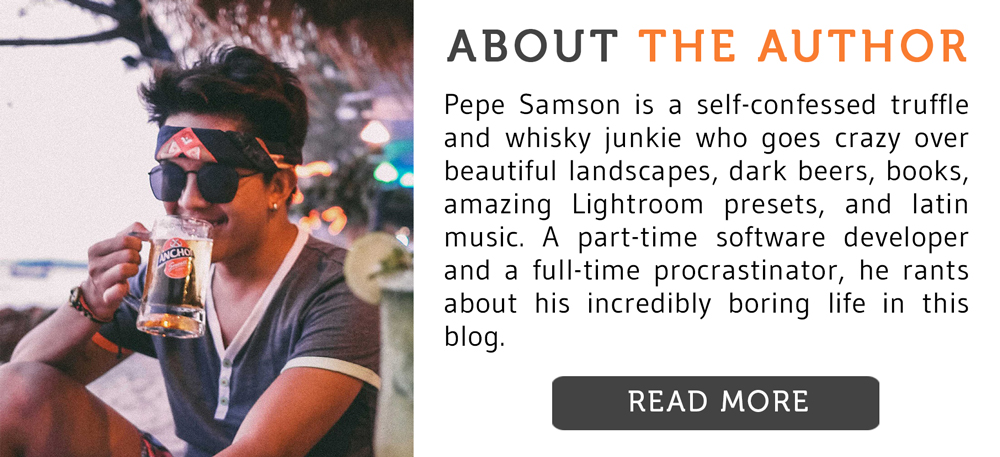
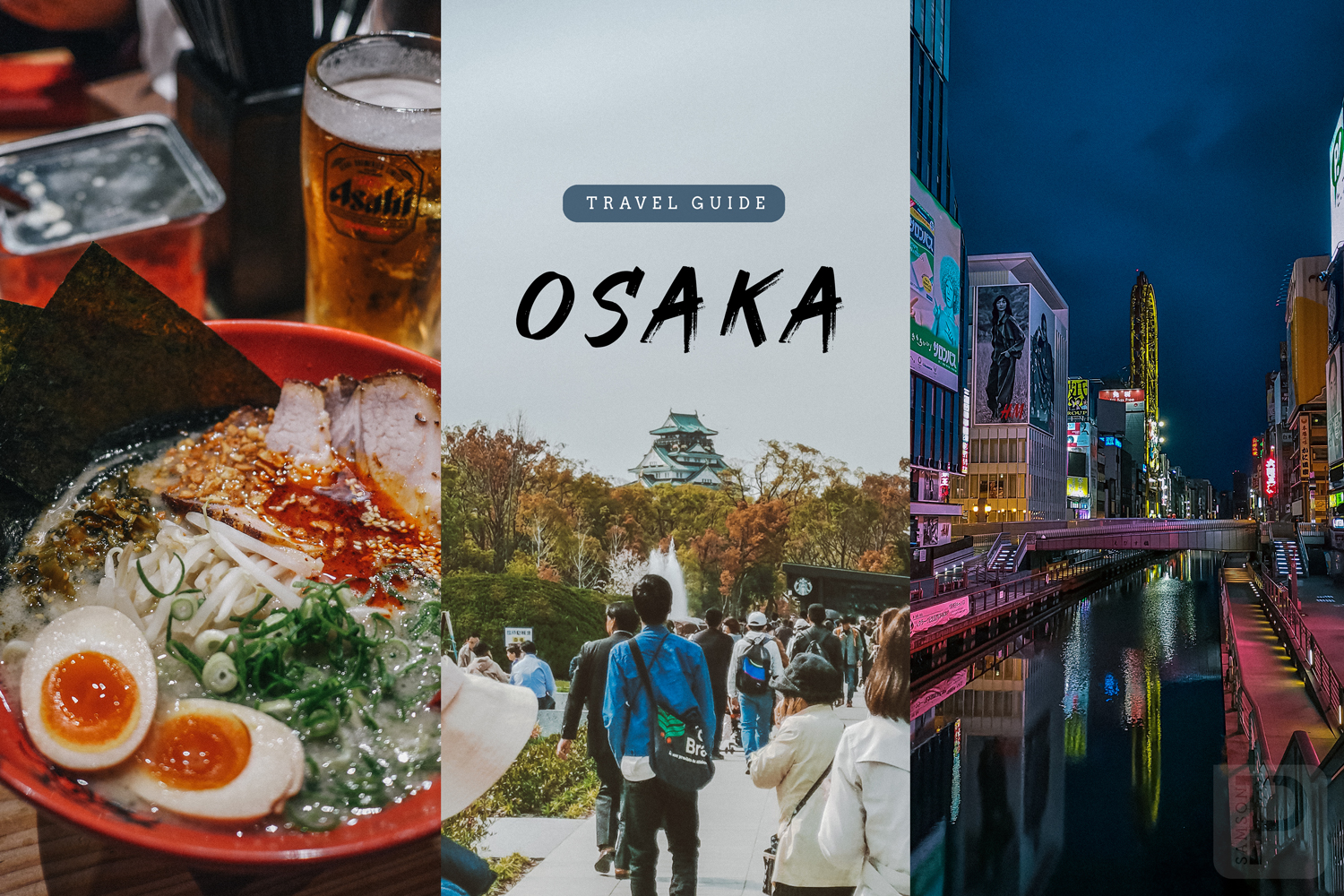

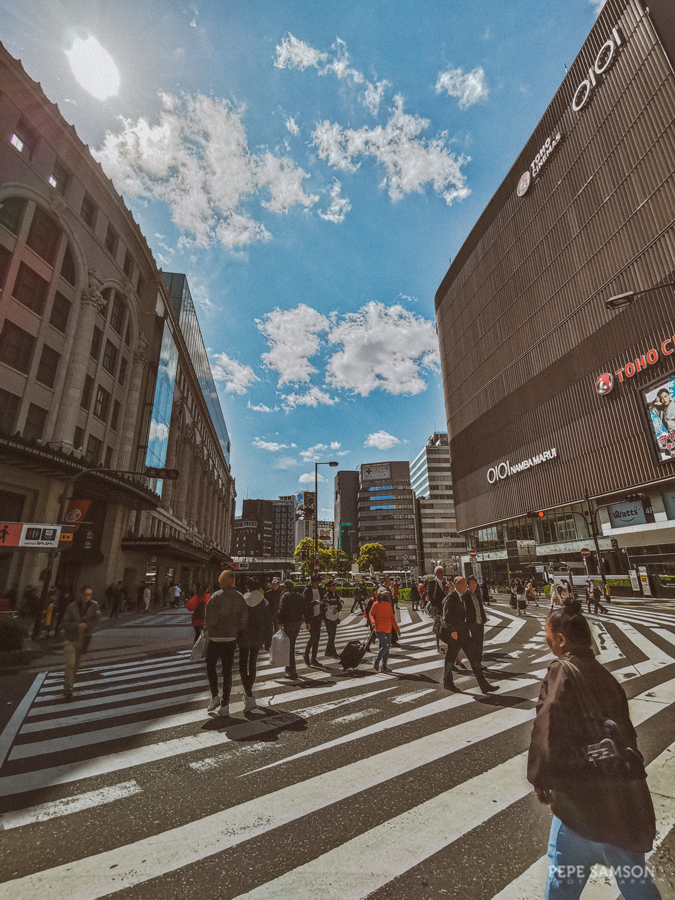
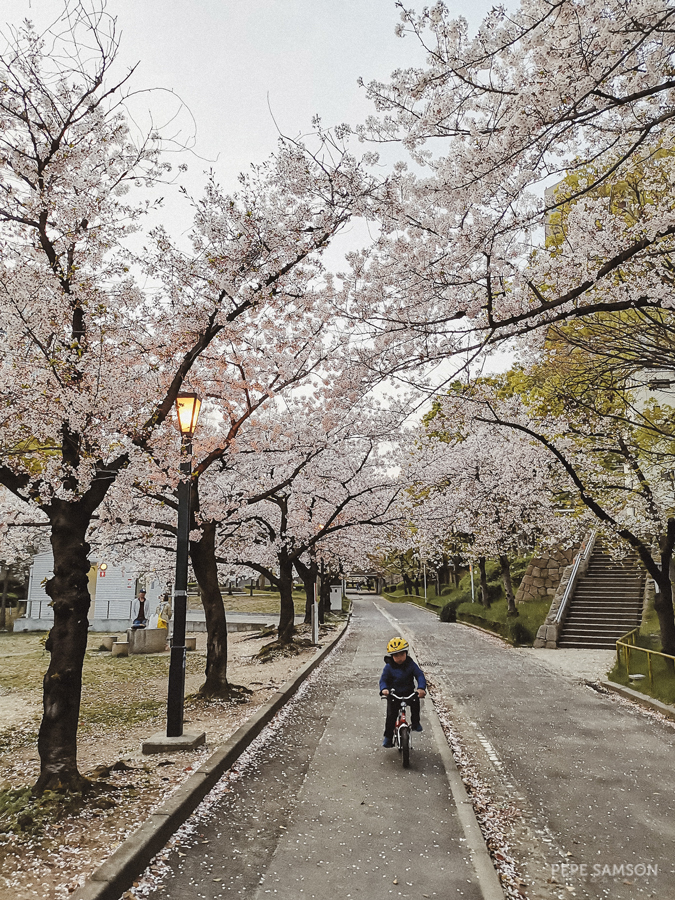

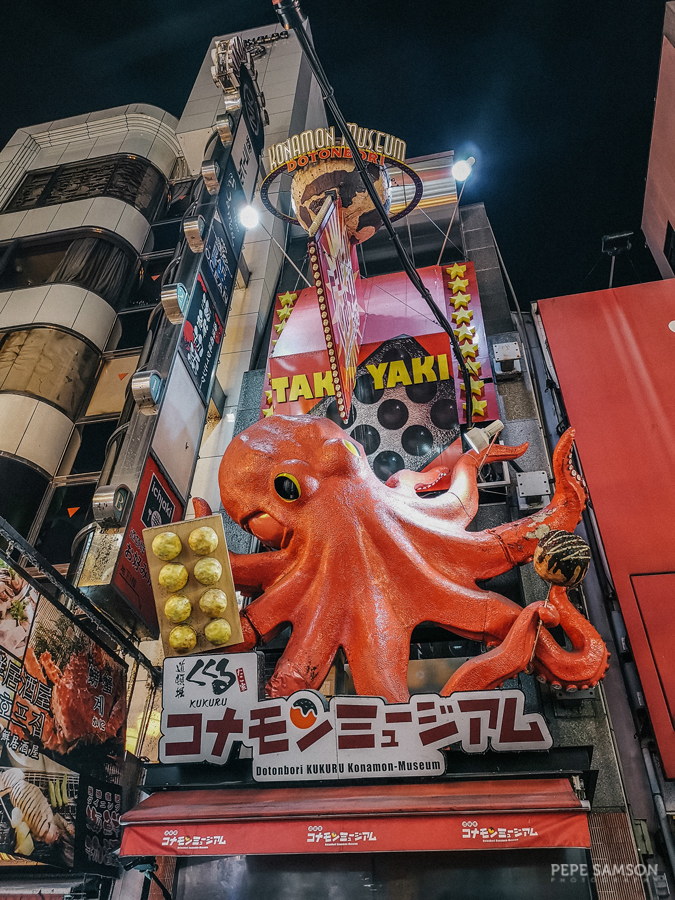
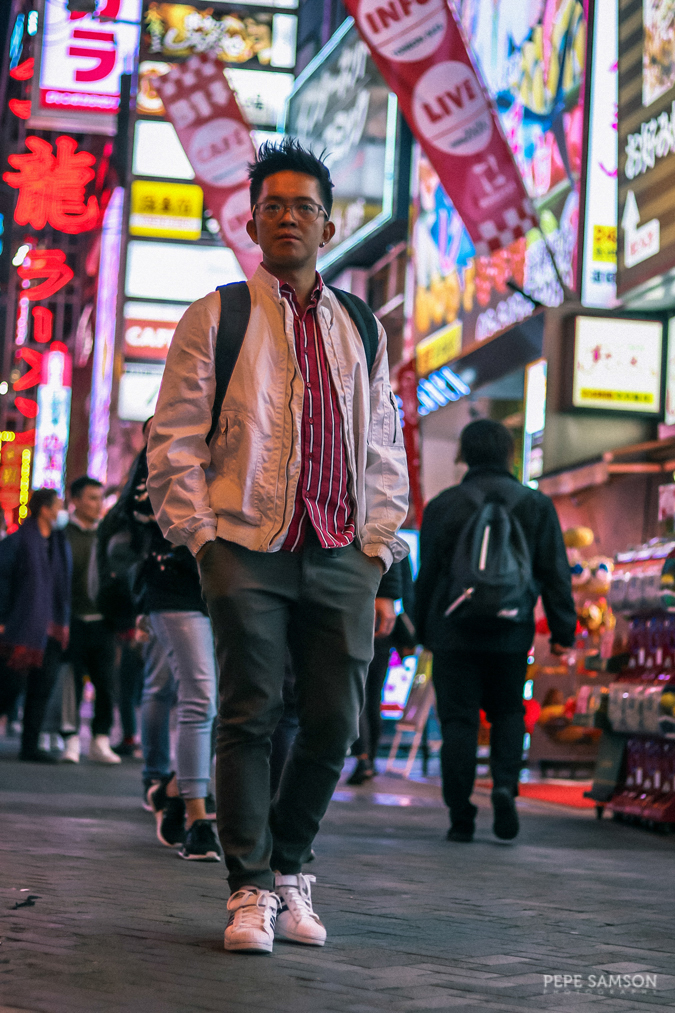
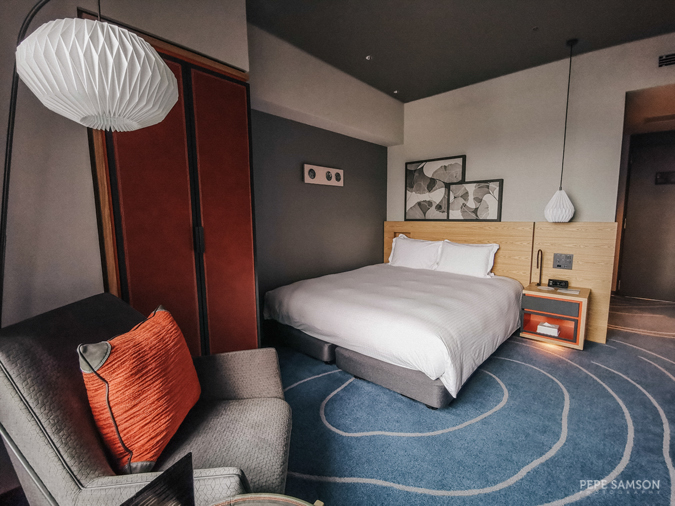




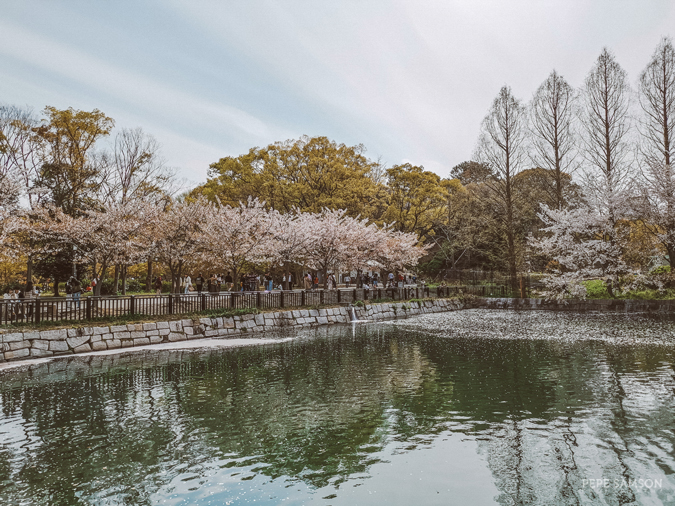


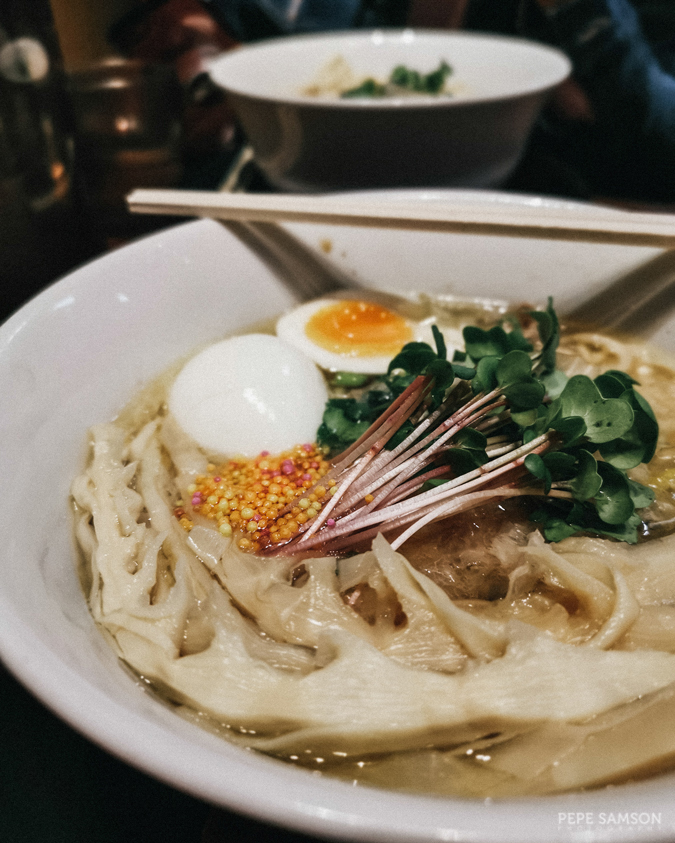




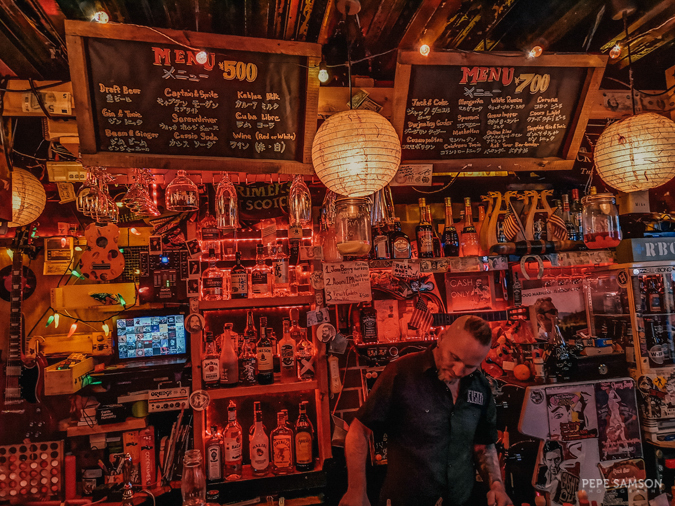
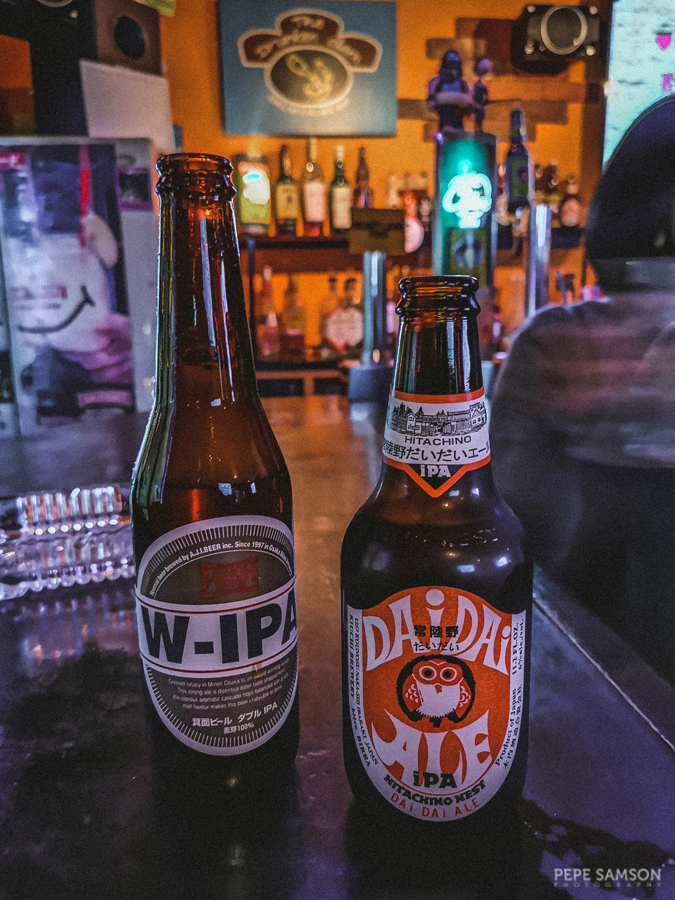





0 comments :
Post a Comment
Let me know what you think!